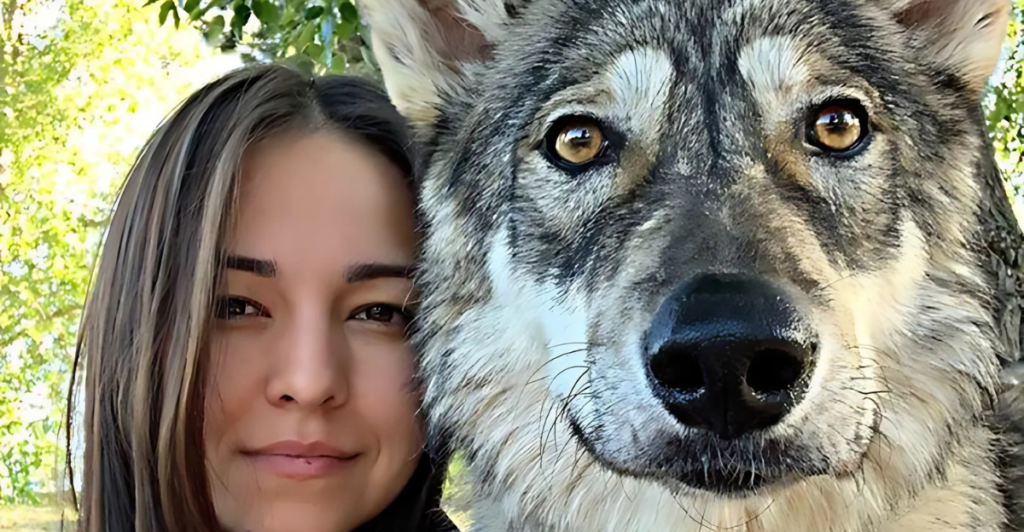
For years, we believed humans domesticated dogs by selectively breeding the friendliest wolves. But what if it was actually the other way around? A new theory suggests that dogs may have domesticated themselves, deciding that cozying up to humans was a better survival strategy than hunting alone. Let’s unpack.
The Old Domestication Theory
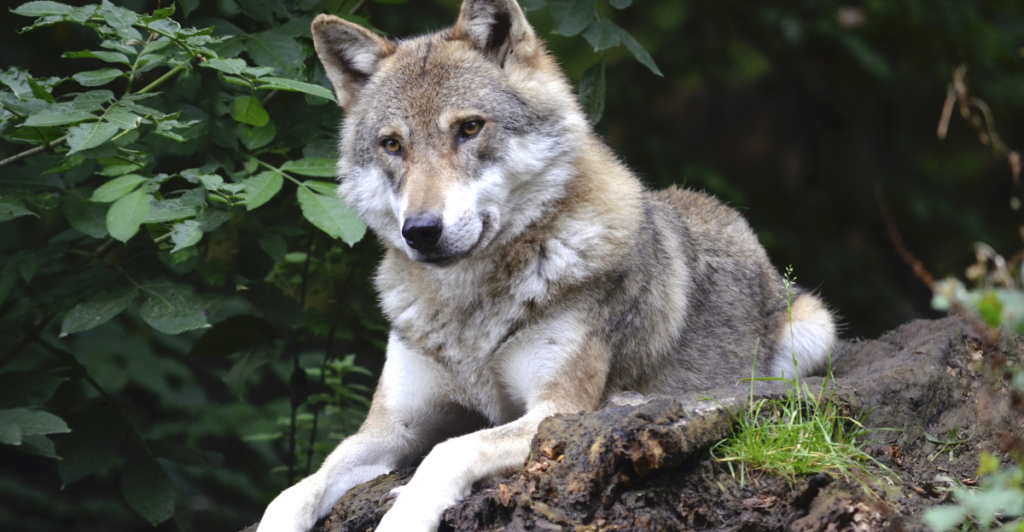
The classic explanation goes like this: Humans tamed wolves, bred the friendly ones, and over thousands of years, they evolved into modern dogs. Sounds logical, right? But recent studies suggest this might be oversimplified, because wolves aren’t exactly known for willingly submitting to humans in the wild.
Enter the Self-Domestication Theory
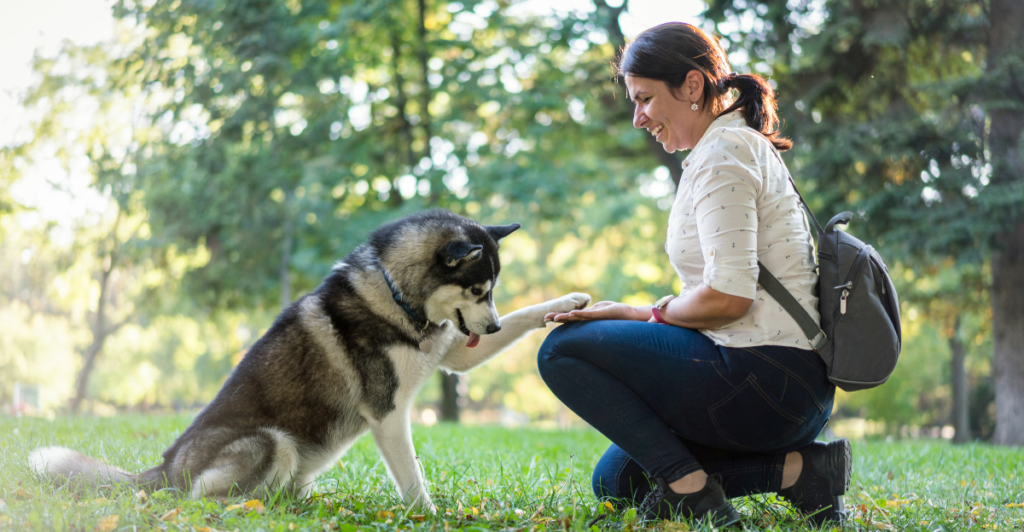
Instead of humans choosing wolves, some wolves may have chosen us first. Early humans left food scraps near their settlements, and the friendlier, less aggressive wolves figured out they could get free meals by hanging around instead of hunting. Over time, the boldest and most social wolves stuck closer, eventually evolving into something more… domesticated.
The Survival Benefits of Hanging With Humans
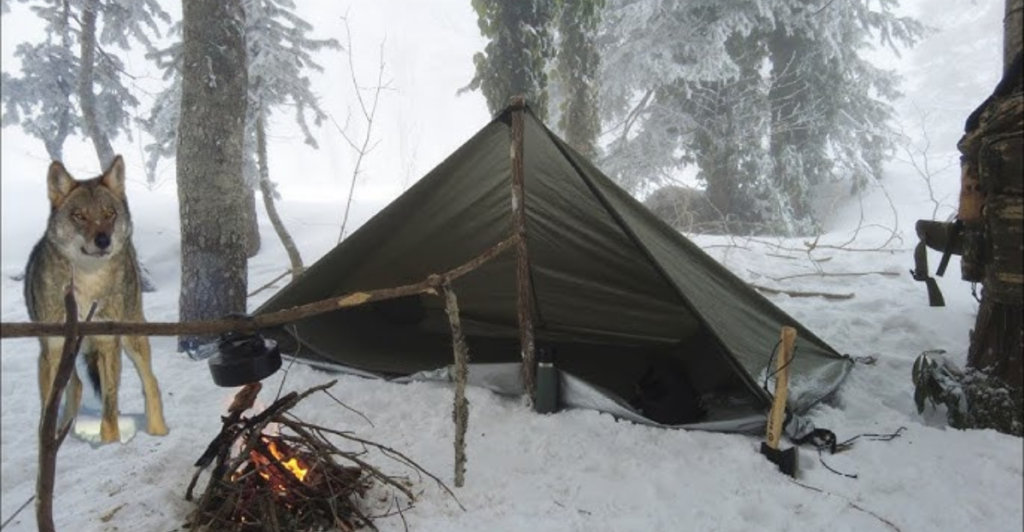
Wolves that learned to tolerate humans had a major advantage—consistent food. Instead of exhausting themselves chasing prey, they could scavenge leftovers from human camps. This reduced their risk of starvation, and the friendlier they were, the more likely they were to stick around and survive. Natural selection did the rest.
Friendlier Genes Took Over
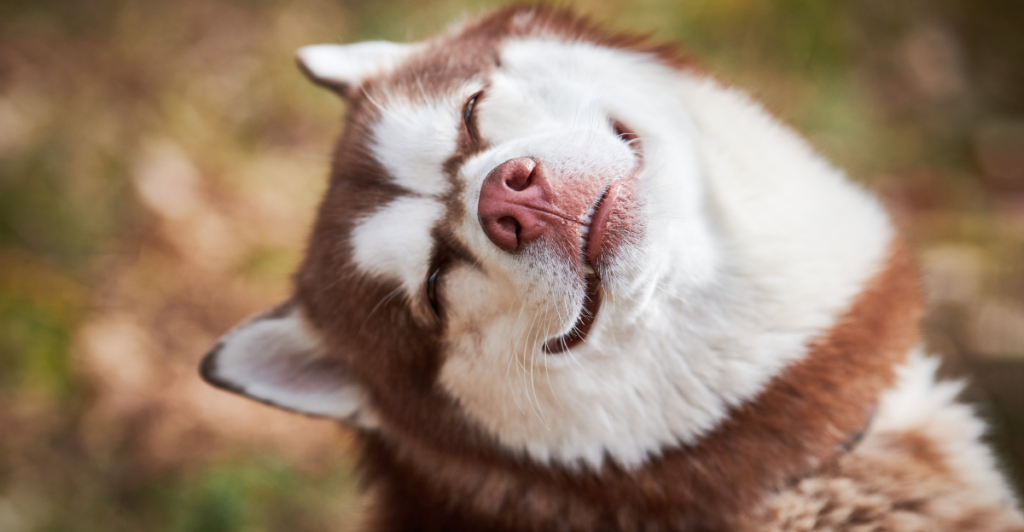
As these early “dog-like” wolves thrived, they passed on their less aggressive, more social genes. Over generations, their fear response to humans decreased, and behaviors like wagging tails, playful attitudes, and seeking human attention became the norm. In other words, they slowly domesticated themselves, without humans needing to actively intervene.
The Fox Experiment That Proved It’s Possible
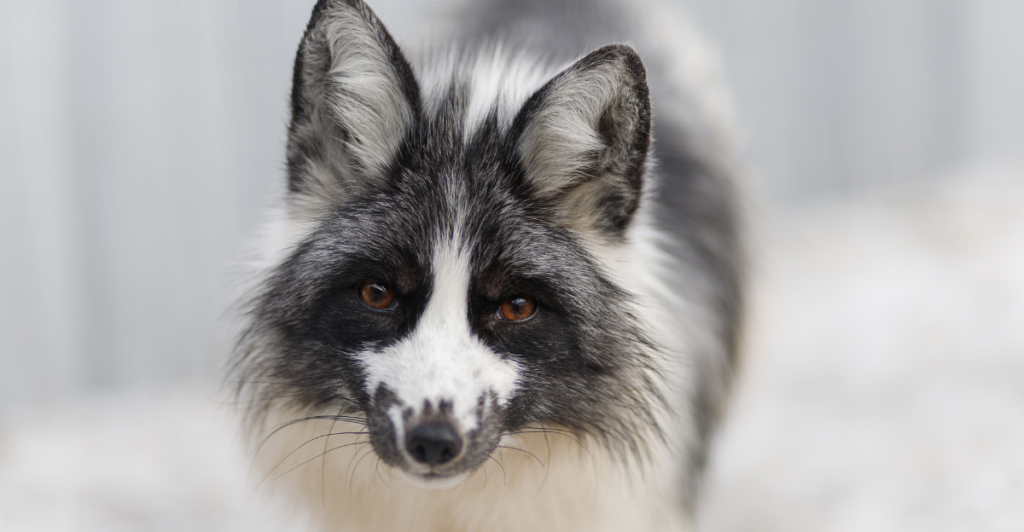
In the 1950s, Russian scientist Dmitry Belyaev ran an experiment breeding silver foxes for friendliness toward humans. Within just a few generations, the foxes started acting like dogs—wagging their tails, seeking human attention, and even looking physically different with floppy ears and spotted coats. If this could happen in foxes within a few decades, imagine what thousands of years did to wolves.
Why Wolves Stayed Wild, But Dogs Didn’t
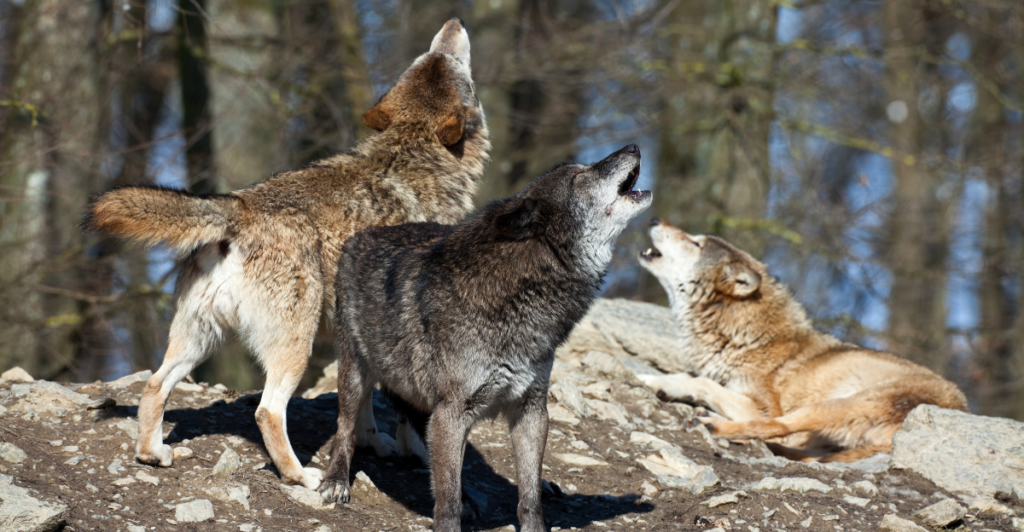
If some wolves evolved into dogs, why didn’t all wolves do the same? The answer: different survival strategies. Some wolves stayed in the wild, relying on hunting in packs. But the ones that stayed close to humans adapted to their new role—becoming less aggressive and more dependent on people. The gap between wild wolves and early dogs kept growing.
Ancient Fossils Support the Theory
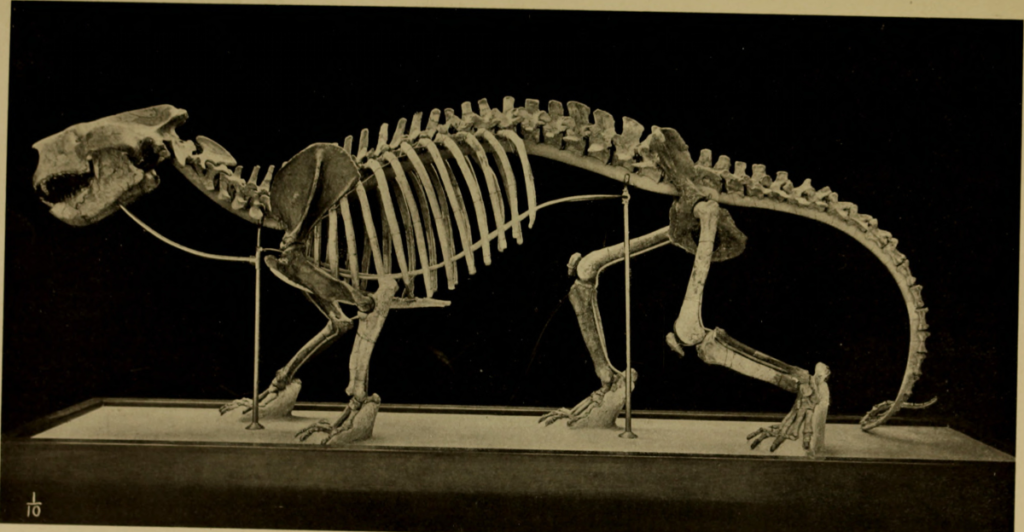
Fossils of early dogs suggest they started appearing near human settlements around 15,000 to 30,000 years ago. These remains show signs of dogs eating human scraps, and in some cases, being buried alongside humans—a sign that they weren’t just tolerated, but actually valued.
Dogs Changed, and So Did Humans
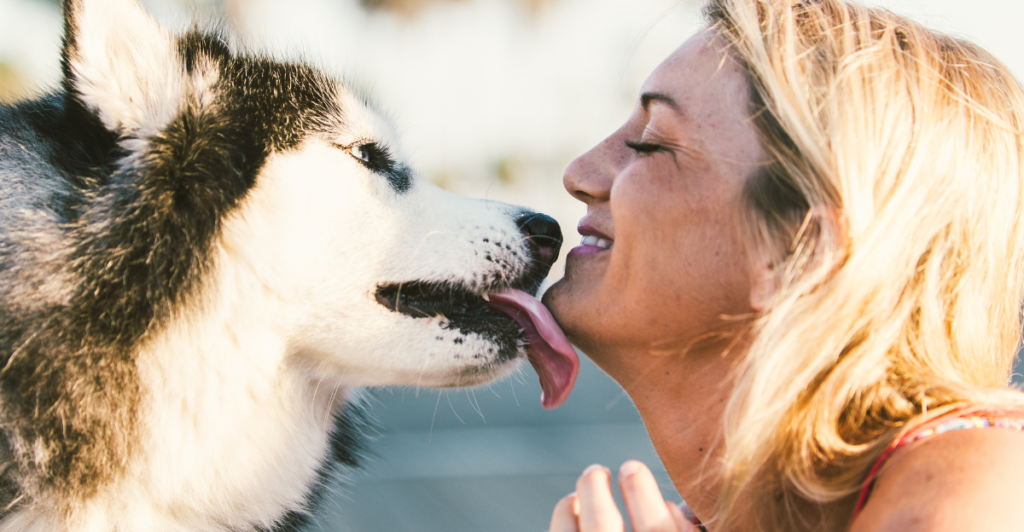
It wasn’t just dogs that evolved—humans changed too. As we formed deeper bonds with early dogs, we benefited from their protection, hunting skills, and companionship. Some scientists even believe that having dogs may have helped early humans outcompete Neanderthals, giving us an evolutionary edge.
Could Other Animals Have Self-Domesticated Too?
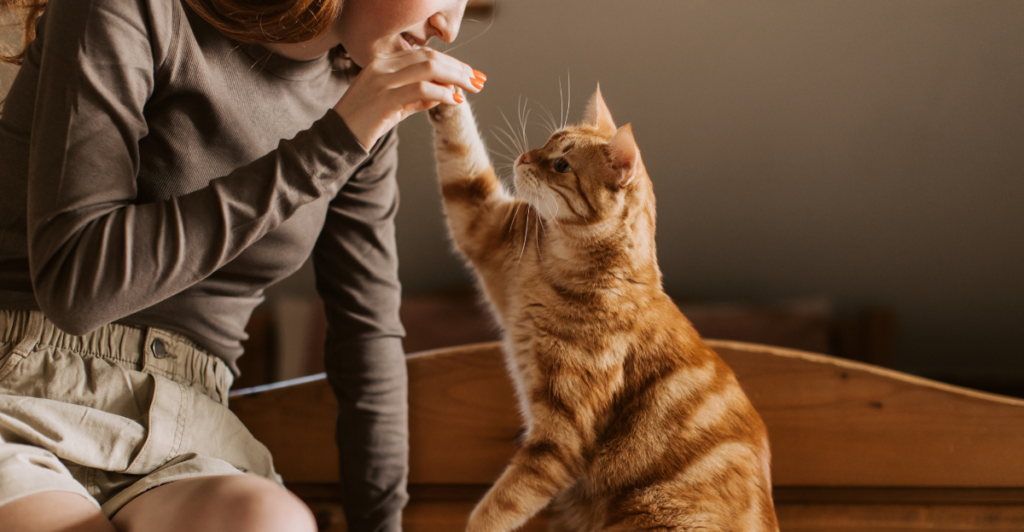
Dogs might not be the only ones. Some researchers believe that animals like cats, pigeons, and even elephants may have undergone a similar self-domestication process—choosing to live alongside humans rather than being actively tamed by us. Turns out, animals know a good deal when they see one.
What This Means for How We See Dogs Today
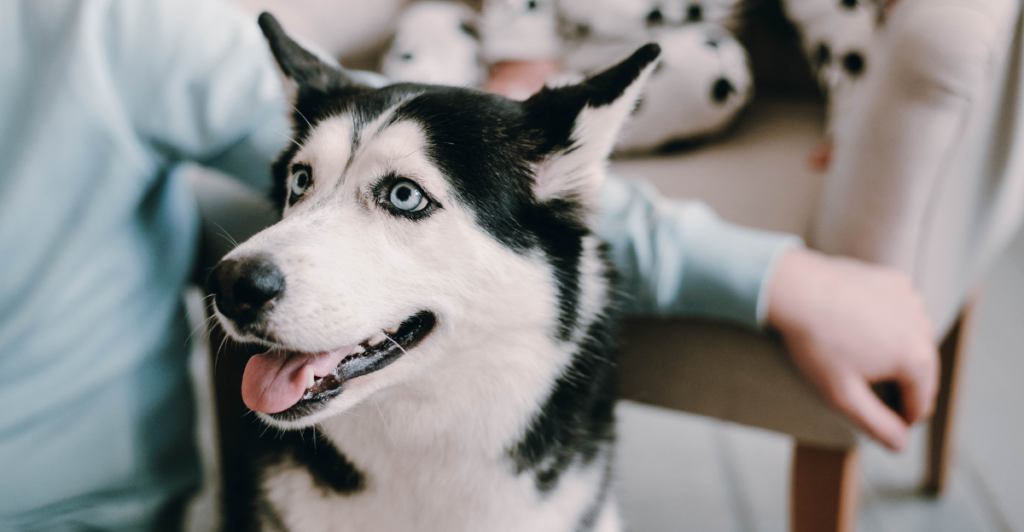
If dogs chose us first, it means their relationship with humans is even older and deeper than we thought. They weren’t just trained to be man’s best friend—they became that by their own instinct. So the next time your dog gives you a look that says, “You’re lucky to have me,” they might not be wrong.
Are Dogs Still Evolving?
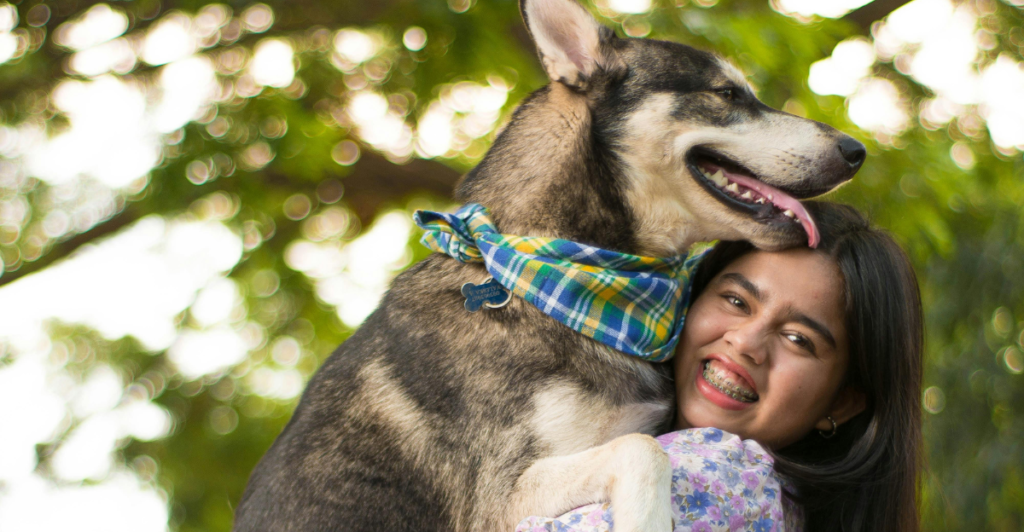
Modern dogs are still changing. Selective breeding has shaped different dog breeds, but as human lifestyles change, so do their pets. More dogs today respond to human emotions, understand commands, and even recognize facial expressions. Some researchers believe dogs might continue evolving into even more emotionally intelligent companions.
The Real Truth About Who Domesticated Who
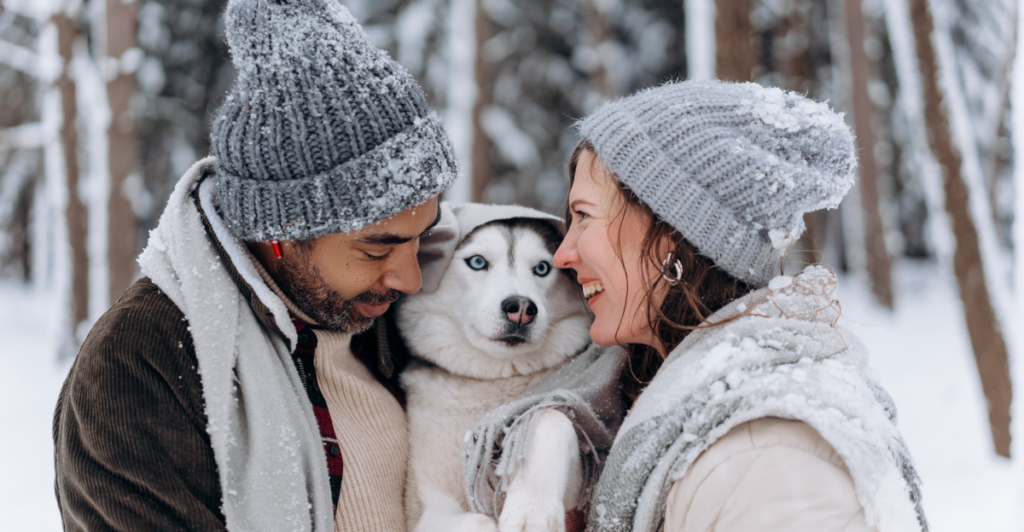
So, did humans domesticate dogs, or did dogs domesticate themselves? The answer is probably both. Early wolves may have started the process, but humans sped it up by keeping the friendliest ones around. Either way, one thing is clear, dogs figured out how to make themselves indispensable to us, and we’ve been hooked ever since.







